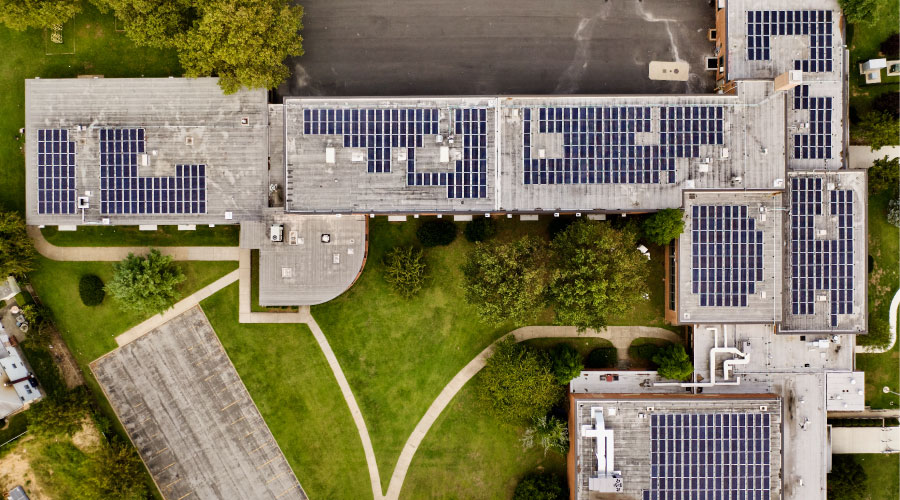Roof Coatings: What is the Annual Savings Potential?
Why should managers specifying roof coatings care about the energy efficiency of roof systems? Studies by the EPA show that in sunny conditions, black roof surfaces can be up to 70 degrees hotter than white, reflective surfaces. This difference translates to $750 million of annual savings potential from replacing existing black roofs with Energy Star-rated, white, reflective coatings.
Roof coatings include a variety of materials that comply with building-code standards for cool roofs. Examples of typical compliant roof systems are modified bitumen with factory-applied, white, acrylic coatings; latex acrylics for built-up roofs and modified bitumen; tri-polymer, thermoplastic, single-ply systems; 100 percent acrylic, elastomer weatherproofing for metal roofs; and silicone. Silicone applications include single- and multi-ply, as well as those that contain solvents and those that do not.
Silicone solvent-type coatings resist the effects of harsh chemicals and do not trap moisture. Installers can spray the solvent-free coating over spray polyurethane foam (SPF), metal, concrete, weathered asphalt, composite, modified bitumen, and built-up roof systems. Since this coating has the same basic ingredient as sand, it is inert and does not wear away or break down, so it will not thin over time. It has a class-A fire rating, is easy to spray on, and resists dirt. Since it has ratings of 84 percent reflectance and 93 percent emittance, it qualifies as a cool roof coating.
Related Topics:













